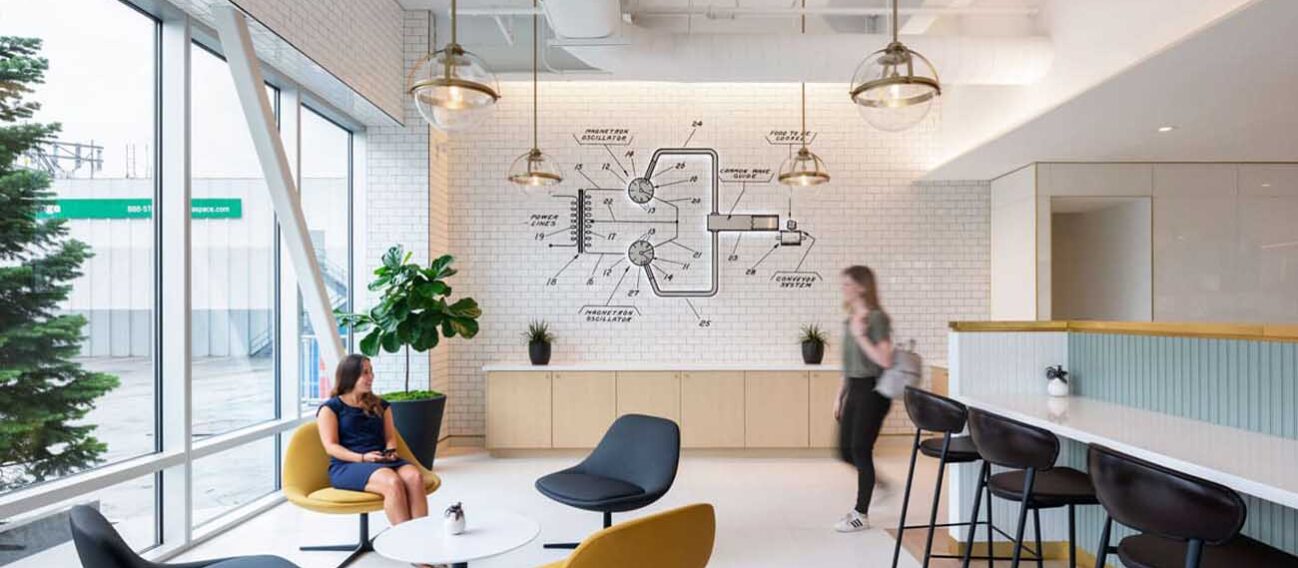The Psychology of Light: How Architectural Lighting Affects Our Mood and Behavior
As an essential aspect of architecture, lighting not only illuminates a space but also has a significant impact on our mood and behavior. Studying the psychology of light is intriguing, and comprehending how lighting affects us can help design spaces that promote well-being and productivity.
LEDs, or light-emitting diodes, have revolutionized the lighting industry with their energy efficiency and long lifetimes. One of the key advantages of LED lighting is the ability to control the color tone of the light emitted. This controllability means that you can choose from a range of color temperatures, from warm yellow hues to cool blue tones, depending on your preference and the intended use of the lighting.
Replicating natural light
Today’s lighting designers have the advantage of using LED technology to influence the mood and behavior of occupants. For example, natural light, available to anyone always, is the most beneficial since it positively affects our health and well-being. Exposure to natural light regulates our circadian rhythms, which improves our sleep patterns and aids in cell generation. Furthermore, natural light positively impacts our mental health, enhancing our mood and reducing stress.
Artificial lighting can positively and negatively affect our mood and behavior. Bright, cool-toned LEDS with a color temperature of 4000K to 5000K can stimulate us, increase our alertness, and improve our productivity. This color tone is perfect for workspaces such as offices, kitchens, and bathrooms, where you must be alert and focused.
Warm-toned lighting, such as LEDs with a color temperature of 2700K to 3000K, creates a relaxing and calming atmosphere, making it suitable for bedrooms, living rooms, and spas. This type of lighting has been proven to reduce stress levels, lower blood pressure, and improve our overall well-being.
“Daylight” LEDs have a color temperature of around 5000K to 6500K, which creates a bright and energizing light. This color tone is excellent for outdoor lighting and spaces such as garages and workshops where visibility and safety are essential.
The psychology of light is a complex subject, and understanding how various lighting affects us can help us create spaces that promote well-being and productivity; whether natural or artificial lighting, the lighting’s tone, intensity, and color can profoundly impact our mood and behavior. Choosing the right color temperature for your lighting needs is essential, as it can significantly impact the mood and functionality of a space.







